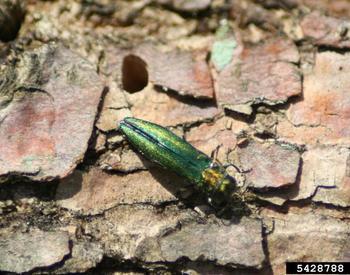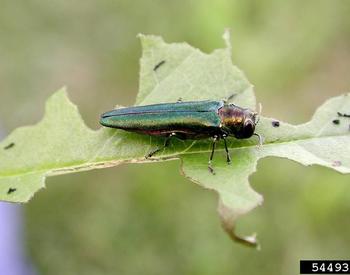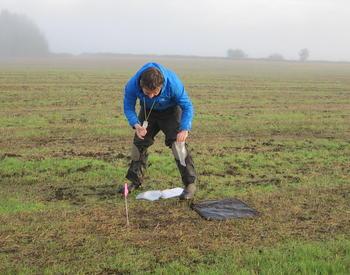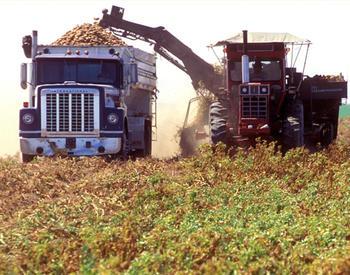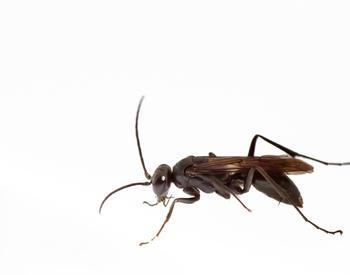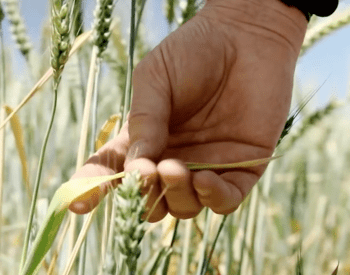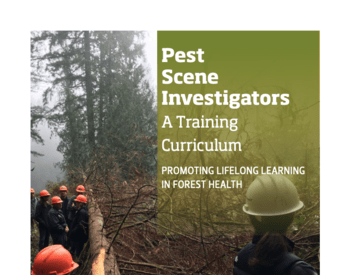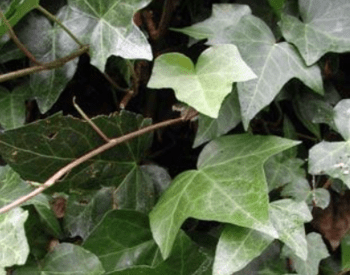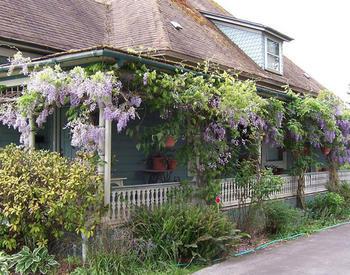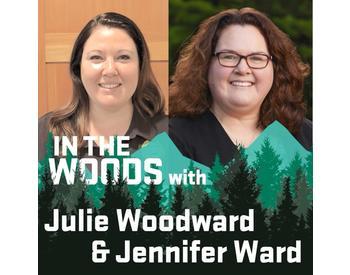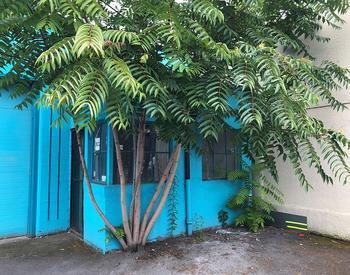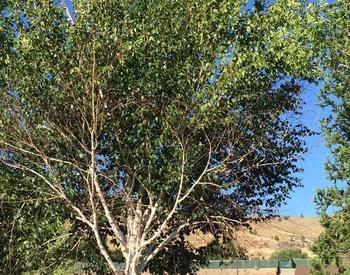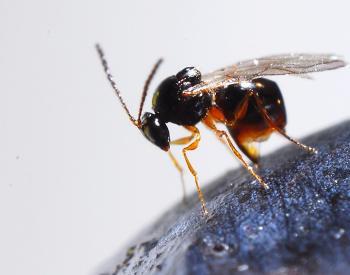I am chair of our city tree commission, and have a couple of questions about emerald ash borer (EAB).
We have many planted ash trees in city parks and on rights-of-way, although the tree is now on the list of prohibited species for new plantings, due to the threat of EAB. We are also discouraging private landowners from planting ash trees.
1. Are we premature in sounding the alarm in our city now that EAB has been identified in the Forest Grove area? What should be our message to the public?
2. The Oregon EAB risk maps do not identify my city in eastern Oregon as a risk area but we have lots of ash in parks and roadways. Is this because of climate, or distance from other ash tree hosts? Or simply because our inventory was not included in the data used to develop the maps? Is this isolation from other ash trees something we can point to as a reason for any sort of optimism?
1. No, you are not premature in sounding the alarm, as the emerald ash borer (EAB) is a direct threat to Oregon ash and all the planted and naturalized non-native ash in Oregon. However, the Oregon Department of Agriculture (ODA) and Oregon Department of Forestry (ODF) are doing surveys at this time to determine the exact distribution of the infestation that was discovered near Forest Grove.
Once they have determined the extent of the outbreak, that will define our immediate response. We don’t recommend going out and cutting down all your ash trees right away because we don’t know whether the outbreak will spread yet. ODA and ODF need to determine the exact geographic distribution of EAB in Oregon.
The message to the public should include:
- EAB has been discovered in Oregon in June of 2022 and is being surveyed to determine extent of infestation and how to specifically respond in that area.
- Keep an eye on your ash trees, and if it appears they are declining check for EAB.
- Report any sightings to the Invasive Species website.
Links for resources on EAB and how to identify it:
2. Some cities in eastern Oregon were not included because there was no documentation in regional plant distribution maps. Oregon ash (Fraxinus latifolia) was typically mapped in western Oregon, but the green ash (Fraxinus pennsylvanica) was included in eastern Oregon because it is naturalized in some riparian areas.
The isolation distance may make a difference and be a reason for some optimism, but this insect seems to show up everywhere, perhaps due to the movement of firewood. You are right to prohibit any new planting of ash, and I would recommend keeping an eye on your trees.
In the event that EAB becomes detected in your area, check out this article for next steps:
